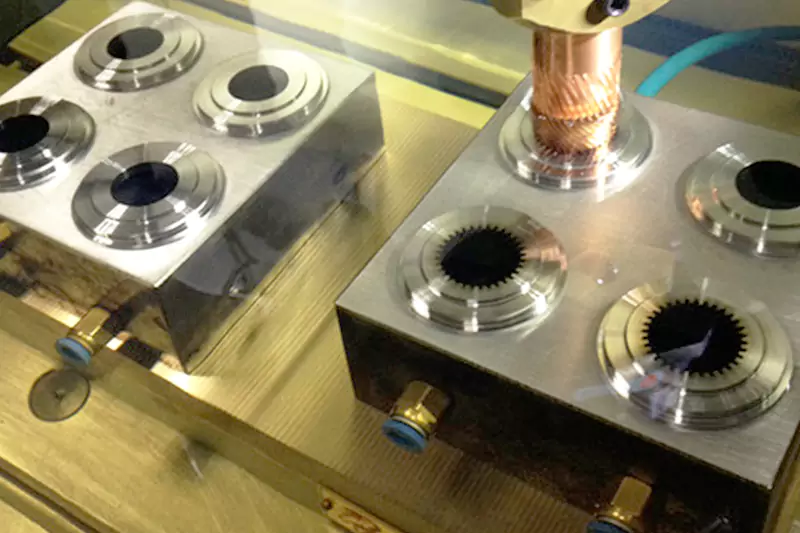What is Electrical Discharge Machining?
When it comes to precision machining of hard and brittle materials, one technique that has gained popularity over the years is electrical discharge machining (EDM). EDM is a non-conventional machining process that uses electrical discharges to erode material from a workpiece. It is very precise and accurate, which makes it perfect for making complicated shapes and curves. The EDM process is particularly useful for achieving design features that other processes cannot—for example, sharp internal corners. It is widely used in the mold-making industry due to its unique capability to shape real hard metals.
What is Electrical Discharge Machining?
Electrical discharge machining (EDM) is a manufacturing process that uses electrical discharges to shape materials without physically contacting them. When traditional machining methods are insufficient, engineers often turn to EDM. Throughout the history of the industrial revolution, our manufacturing processes have limited our product design. As a result, we frequently verify whether the selected manufacturing process meets our desired specifications during and after the product design stage.
EDM changes this situation fundamentally. Unlike conventional processes like casting, forming, and other machining methods, it can achieve exceptionally high levels of precision using digital inputs. In this article, we will explore the different types of EDM processes, their benefits, and drawbacks, and help you select the best one for your needs. Keep reading to gain a deeper understanding of the various EDM processes.
Components of An EDM Machine

The components of an Electrical Discharge Machining (EDM) machine typically include:
Power supply
The power supply generates the electrical energy required for the EDM process. It provides the high voltage pulses that create the spark between the electrode and the workpiece.
Dielectric fluid system
The dielectric fluid system provides a non-conductive fluid that is used to cool and flush away the debris generated during the EDM process. It also serves as a medium for the electrical discharge to occur.
Workpiece holding device
The workpiece holding device secures the workpiece in place during the EDM process. It may include clamps, vises, or magnetic chucks.
Electrode
The electrode is a conductive material that is used to create the spark between the electrode and the workpiece. There are two types of electrodes: the tool electrode (used in a sinker and hole EDM) and the wire electrode (used in wire EDM).
Servo control system
The servo control system is responsible for controlling the movement of the electrode and the workpiece. It ensures that the electrode is positioned accurately and maintains the correct gap between the electrode and the workpiece.
CNC system
The CNC (Computer Numerical Control) system is used to program and control the EDM machine. It allows for precise and repeatable machining operations.
Spark generator
The spark generator creates the electrical discharge between the electrode and the workpiece. It generates a series of high-voltage pulses that ionize the dielectric fluid, creating a spark that erodes the workpiece material.



Comments
Post a Comment